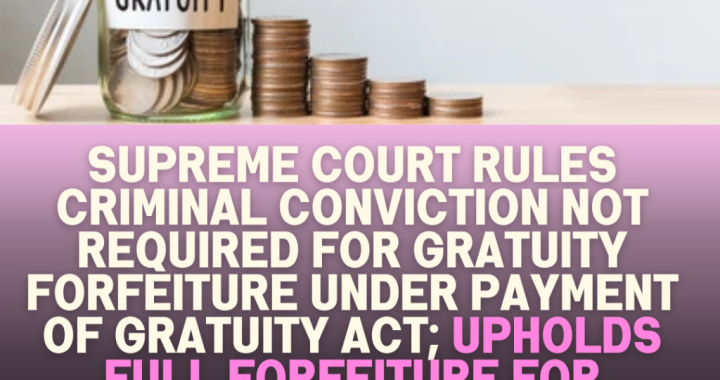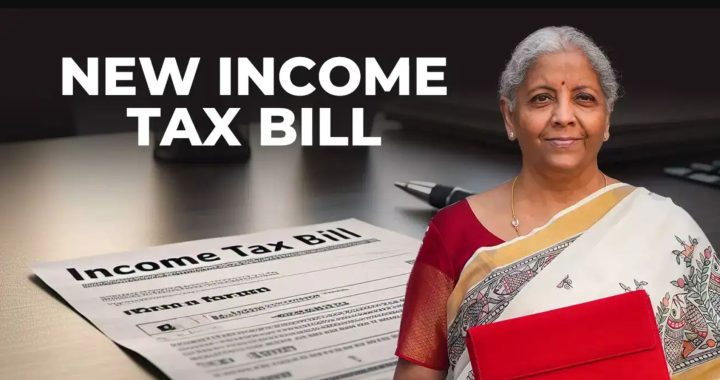Cessation and Remission of trading liabilitying Officer needs to investigate and bring on records the material before adding to the Income of assesse

Cessation or Remission of trading liability is not income
Facts of the Case- as derived from the record are that in the course of assessment proceedings. The A.O. found that the assessee’s balance sheet for relevant assessment year i.e. 31/3/2007 reflected creditors totaling to Rs.33,44,827/-. On being enquired in the matter, the assessee provided that the same are old creditors relating to the period when he used to carry out business in Indore and have been carried forward for the last 7 to 8 years and has been not so paid due to some disputes with the creditors. The Assessing Officer, however, in his search found the averments of the assesse, considered the entire outstanding balance of Rs 33,44,827 as income by provoking section 41(1) of income tax (cessation and remission of trading liability) as cessation of liability. The A.O. recorded his reason to believe that the liability does not exist any more
Old brought forward balances do not always mean income of the assesse- On appeal, before the CIT(A) the assessee repeated that the creditors outstanding balances of Rs.33,44,827 as replicated in the assessee’s balance sheet as on 31/3/2007 were mostly 7-8 years old, relating to the period when the assessee was carrying out the business in Indore and were not paid due some disputes with the creditors.

As per assesse contention, the aforementioned liability of the assessee is liable for the payment thereof as and when the disputes are decided and the amount is being crystallized, and therefore, there is no cessation of liability as held by the A.O. The CIT(A) after considering the substantial on record and referring to the judicial pronouncements of the Apex Court in the cass of CIT vs. Sugauli Sugar Works (P) Ltd. (1999) 236 ITR 518 (SC) and U.O.I vs. J.K.Synthetics Ltd. (199 ITR 14) (SC) held that in the present case there is no write back of the liability payable to various creditors which is duly disclosed in the assessee’s Balance Sheet as on 31/3/2007. The CIT(A) also examined that no independent inquiries were made n\by the A.O. to concrete his reason to believe that these creditors have been written off as bad appearing in their respective accounts. carried out by the Assessing Officer to establish that these creditors The CIT (A) held that A.O. was not justified in his action on deciding that the liabilities existing in the Balance Sheet of the assessee to the extent of Rs.33,44,827/- had ceased to exist within the scope of section 41(1) of the Act and ordered that the entire addition to be deleted. On appeal by the department to the Tribunal HELD dismissing the appeal:
Assesse had acknowledged the balances outstanding- The addition under section 41(1) of the Act to the extent of Rs.33,44,827 cannot be continued since the outstanding balance of the creditors involved appear as acknowledged outstanding creditors in the assessee’s Balance Sheet as on 31/3/2007. The Assessing Officer has failed to cause inquiries to be made with or notices issued to creditors to ascertain from them whether they have remitted the dues from the assessee in their books of account. The fact that the creditor’s outstanding balances were not written back in the assessee’s books of account, but rather stood reflected in the assessee’s Balance Sheet as on 31/3/2007 clearly establishes that is no cessation of liability.
Tribunal Held that in view of the fact that Assesse has acknowledged the liability and the same is not being paid due to some ongoing dispute, for Assessing officer to invoke the provisions of section 41(1) of the Act,
it was incumbent upon him to cause necessary enquiries to be made to prove his point
On the contrary, it is an acknowledgment by the assessee of existing debts it owes to its creditors. We observe that no material has been brought on record by the Assessing Officer to show that there was remission or cessation of liability. When the Assessing Officer was of the view that there was cessation of liability in the case on hand, it was incumbent upon him to cause necessary enquiries to be made in order to bring on record material evidence to establish the requirement for invoking the provisions of section 41(1) of the Act. The very fact that the assessee reflects these amounts as creditors in his Balance Sheet as on 31/3/2007, is an acknowledgment of his liability to these creditors and this also automatically extends the period of limitation under section18 of the Limitation Act.
Once the assessee admits that the debts to creditors are outstanding in his Balance Sheet, that he is liable to pay his creditors, Revenue cannot Suo-Moto settle that the creditors have remitted their liability or that the liability has else ceased to exist, without taking on record any material evidence to the contrary. In the case on hand, the creditors aggregating to Rs.33,44,827/- continue to be replicated in the assessee’s Balance Sheet as on 31/3/2007. In this genuine matrix of the case, as discussed above, we are of the opinion that the Assessing Officer has not brought on record any material evidence to establish that there was cessation of liability in respect of the outstanding creditors balances represented in the assessee’s Balance Sheet as on 31/3/2007, and concur with the finding of the CIT(A) that the addition of Rs.33,44,827/- under section 41(1) of the Act as cessation of liability being unsustainable, is to be deleted. In coming to this finding, we draw support from the decision of the Hon’ble apex Court in the case of Suguali Sugar Works (P) Ltd. (1999) 236 ITR 518(SC); the ratio laid down therein being squarely applicable to the case on hand.


 ITAT Amritsar: No Section 269SS Violation for One-Time Cash Payment Before Sub-Registrar
ITAT Amritsar: No Section 269SS Violation for One-Time Cash Payment Before Sub-Registrar  Tax Officials Unleash Digital Dragnet: How New Raid Powers Redefine Privacy, Property Rights in India and likely to Fuel Corruption
Tax Officials Unleash Digital Dragnet: How New Raid Powers Redefine Privacy, Property Rights in India and likely to Fuel Corruption  Income Tax Department Rewards for Reporting Tax Evasion: A Comprehensive Guide
Income Tax Department Rewards for Reporting Tax Evasion: A Comprehensive Guide  Forfeiture of Gratuity by Employer- What are the Remedies for an employee- Can employer be challenged?
Forfeiture of Gratuity by Employer- What are the Remedies for an employee- Can employer be challenged?  Employer can forfeit gratuity of an employee in case of moral turpitude
Employer can forfeit gratuity of an employee in case of moral turpitude  Diving Deeper: The Impact of the New Tax Bill on Dairy and Farming Income
Diving Deeper: The Impact of the New Tax Bill on Dairy and Farming Income